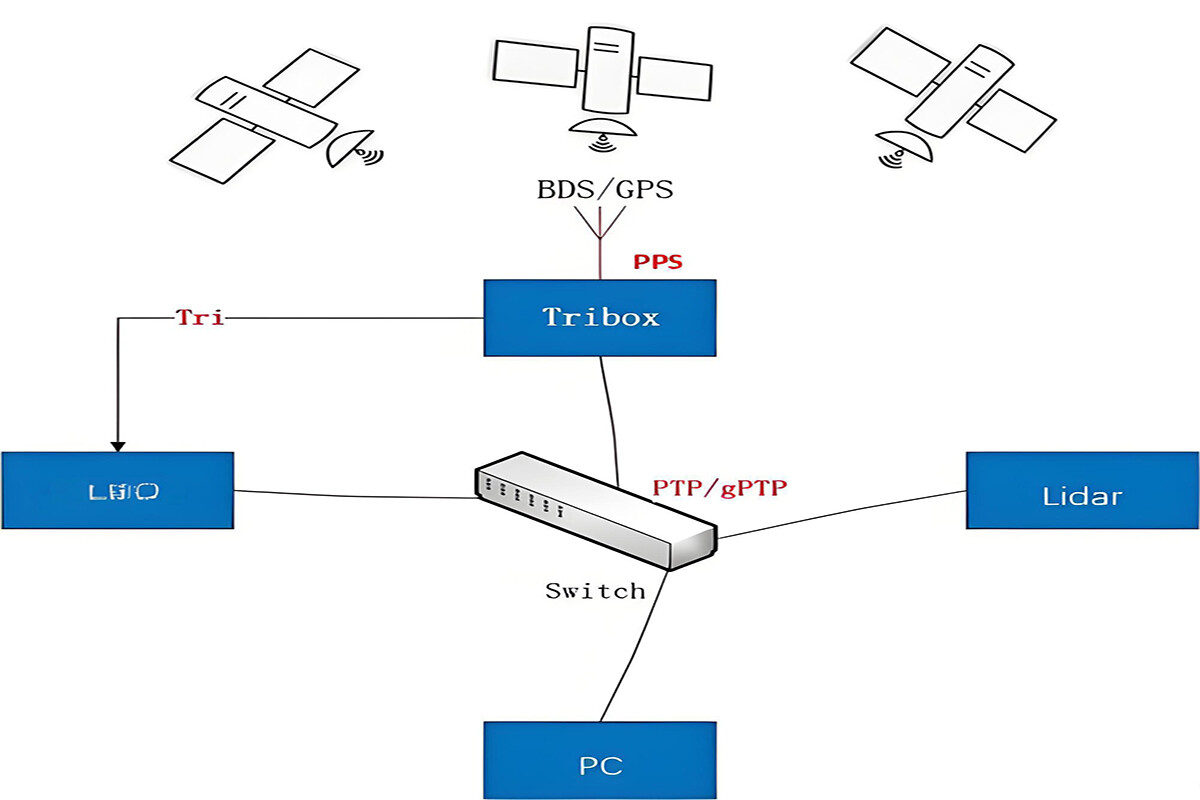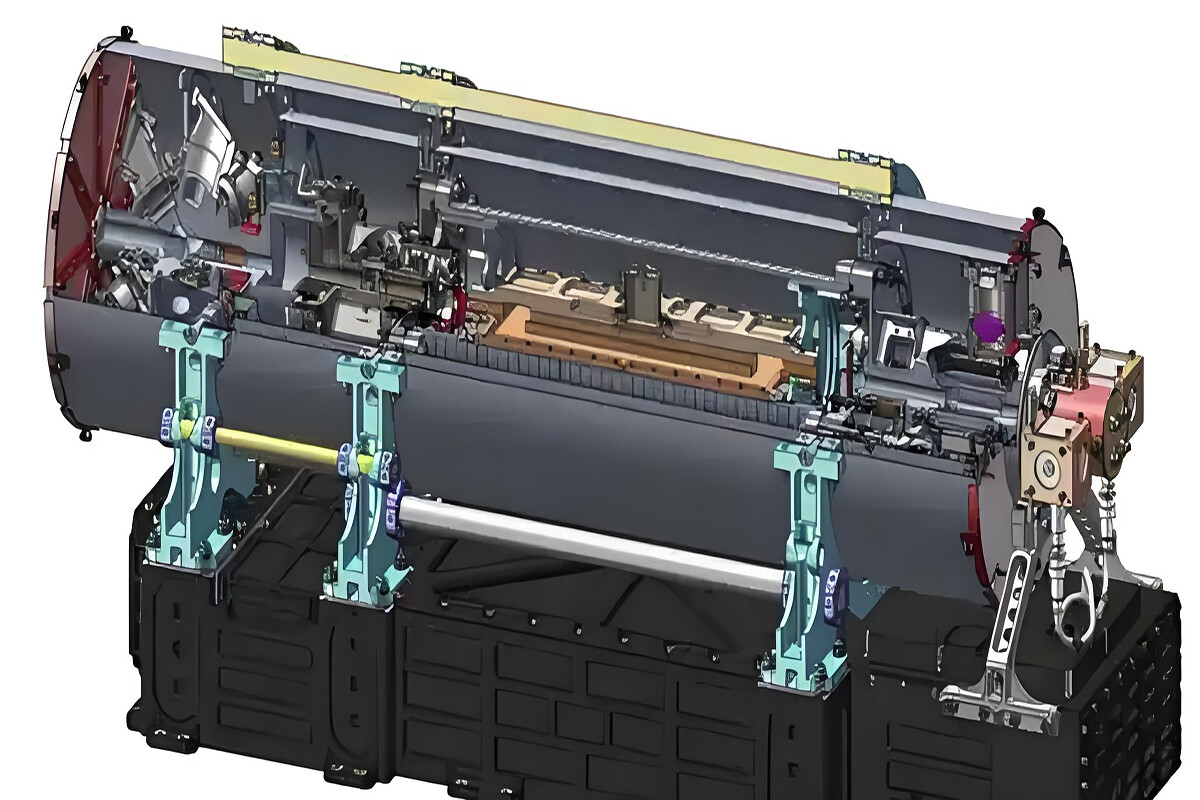RELATED
MESSAGE
1. Classification By Frequency Selection Characteristics:
Low-Pass Filter (LPF):
Allows low-frequency signals to pass through, while attenuating or suppressing high-frequency signals. For example, in audio processing, low-pass filters can be used to remove high-frequency noise and retain the low-frequency components of audio signals.
High-Pass Filter (HPF):
Only allows high-frequency signals to pass through and attenuates low-frequency signals. In some communication systems, high-pass filters can be used to remove DC components and low-frequency interference, allowing high-frequency signals to be transmitted.
Bandpass Filter (BPF):
Only allows signals within a certain frequency range to pass through, while attenuating signals outside this range. In radio receiving equipment, bandpass filters are used to select radio station signals of a specific frequency and exclude interference from other frequencies.
Bandstop Filter (BEF):
In contrast to the bandpass filter, it suppresses or attenuates signals within a certain frequency range, while allowing signals outside this range to pass through. In power systems, bandstop filters can be used to suppress harmonic interference of a specific frequency.
2. Classification By Component Type:
Passive Filter:
It is composed of passive components such as resistor (R), inductor (L), capacitor (C). Passive filter has simple structure and low cost, but has disadvantages such as large signal attenuation and weak load capacity.
Active Filter:
In addition to passive components, active devices (such as operational amplifiers, transistors, etc.) are also used. Active filters can provide gain, have better frequency characteristics and load capacity, and are often used in occasions with high signal quality requirements.
3. Classification By Filter Implementation Method:
Ø Analog Filter:
Processes analog signals and realizes frequency selection function through analog circuit components. It is widely used in traditional audio and video signal processing and communication systems.
Ø Digital Filter:
Processes digital signals and processes the input digital sequence through digital algorithms to realize the screening of different frequency components. Digital filters have the advantages of high precision, good stability, and programmability, and have been widely used in modern digital signal processing fields (such as digital communication, audio processing, image processing, etc.).
CONTACT US
Please use the form below to get in touch.
If you need a reply we will get in touch as soon as possible.





